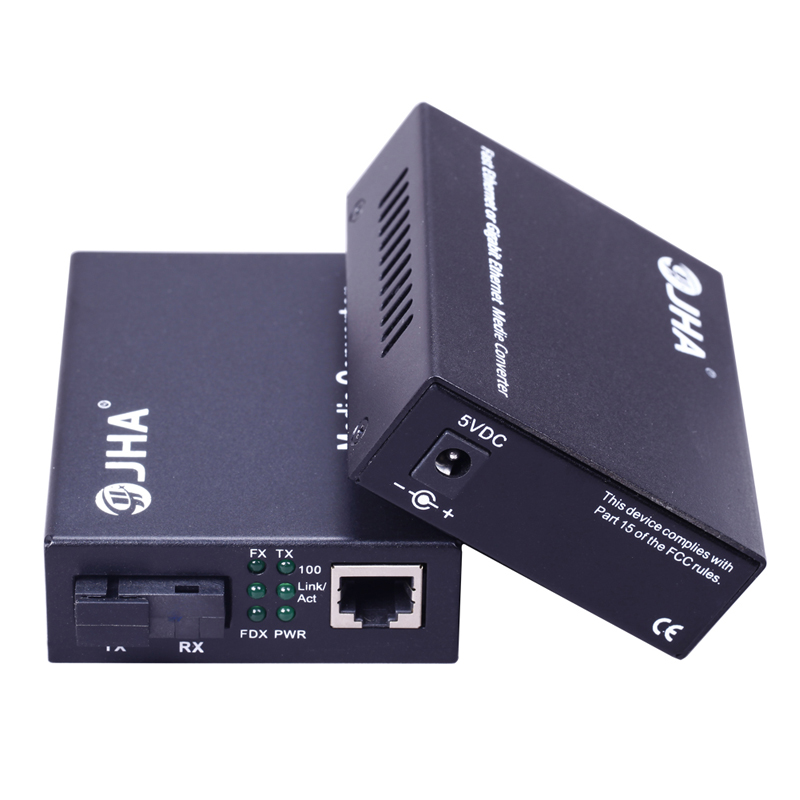The fiber optic transceiver is an Ethernet transmission media conversion unit that exchanges short-distance twisted-pair electrical signals and long-distance optical signals. It is also called a photoelectric converter (Fiber Converter) in many places. Products are generally used in the actual network environment where Ethernet cables cannot be covered and optical fibers must be used to extend the transmission distance, and are usually positioned in the access layer application of broadband metropolitan area networks. Such as: high-definition video image transmission for monitoring security projects; at the same time, it has also played a huge role in helping to connect the last mile of fiber optic lines to the metropolitan area network and the outer network.
Fiber optic transceiver tx and rx:
When using fiber optic transceivers to connect different devices, you must pay attention to the different ports used.
1. The connection of the optical fiber transceiver to the 100BASE-TX equipment (switch, hub): confirm that the length of the twisted pair cable does not exceed 100 meters;
Connect one end of the twisted pair to the RJ-45 port (Uplink port) of the fiber optic transceiver, and the other end to the RJ-45 port (common port) of the 100BASE-TX device (switch, hub).
2. The connection of the optical fiber transceiver to the 100BASE-TX equipment (network card): confirm that the length of the twisted pair cable does not exceed 100 meters;
Connect one end of the twisted pair to the RJ-45 port (100BASE-TX port) of the fiber optic transceiver, and the other end to the RJ-45 port of the network card.
3. Connection of fiber optic transceiver to 100BASE-FX: confirm that the length of the fiber does not exceed the distance range that the device can provide;
One end of the fiber is connected to the SC/ST connector of the fiber optic transceiver, and the other end is connected to the SC/ST connector of the 100BASE-FX device.
The difference between fiber optic transceiver tx and rx:
tx is sending, rx is receiving. In the optical fiber, there is a pair, and the transceiver is a pair. Sending and receiving must be done at the same time. There is a problem if only receiving but not sending, and only sending and not receiving. If the connection is successful, all the power light and signal lights of the fiber optic transceiver must be on to connect.
Post time: Sep-18-2020






